Comentarios / Preguntas (45)
![]() Christine Lynch escribió:
Christine Lynch escribió:
I did a swatch for gage and it come up with 18 stitches by 29 rows for the Green Grove Sweater. I went up a needle size and I blocked the piece. I read you don't block I was wondering why. And if I just went by the measurements using the size 6 instead of 7 because I prefer the tighter weave would it work? Thank you
28.03.2025 - 18:21DROPS Design respondió:
Dear Christine, if you have a 18 stitches x29 rows gauge you would need to use a smaller needle (you have too few stitches), not a larger needle, to work the pattern tighter. You'd need to try with a US4 needle instead to try a get the correct gauge. This way the weave should look even tighter and the gauge would also be closer to the actual one probably, so you could work the pattern as it is. The gauge should not be blocked if the final piece isn't blocked; otherwise it wouldn't reflect the gauge that you'll have as you work the pattern, so the garment might not have the correct shape/measurements at the end. Happy knitting!
30.03.2025 - 20:28
![]() Ingrid Neven escribió:
Ingrid Neven escribió:
Beste,ik zij aan het begin van de halsrand met 180 steken,en 5 cm,nu moet ik 36 steken meerderen,waardoor ik gaatjes heb en mog nog 2cm breien, vindt het zo vreselijk,heb al vanalles gedaan maar krijg het niet mooi,,heb uw hulp nodig,gr
18.03.2025 - 11:44DROPS Design respondió:
Dag Ingrid,
Bij het meerderen maak je omslagen en deze brei je op de volgende naald gedraaid om een gaatje te voorkomen. Wat je in plaats van omslagen maken ook kunt doen om te meerderen is de draad tussen twee steken opnemen en deze gedraaid recht breien. Zie deze video.
18.03.2025 - 20:08
![]() Anne escribió:
Anne escribió:
Bonjour, je me demande s'il n'y a pas une erreur sur cette partie du patron : Quand la manche mesure 4-3-3-2 cm depuis la division, diminuer 2 mailles au milieu sous la manche - voir DIMINUTIONS. Diminuer ainsi 2-3-3-3 fois au total tous les 4-3-3-2 cm = 78-84-88-92 mailles. Comment peut-on arriver à 88 mailles pour la taille L après diminution en partant de 82 mailles ? 🤔
17.03.2025 - 14:02DROPS Design respondió:
Bonjour, notez que la taille L est la 1ère des 4 tailles dans ce paragraphe (L à XXXL), autrement dit, vous allez diminuer en taille L à partir de 4 cm et 2 fois au total tous les 4 cm = il reste 78 mailles. Bon tricot!
17.03.2025 - 15:36
![]() Ingrid Neven escribió:
Ingrid Neven escribió:
Beste,ik ben dit truitje aan het maken,maar ben er nog Gene hele in,als je het patroon afprint,dan staat er bij dat er video filmpjes te bekijken zijn,waar kan ik deze vinden,gr
08.03.2025 - 11:13DROPS Design respondió:
Dag Ingrid,
Op je mobiel staat vlak onder de foto's een link naar de video's die van toepassing zijn op het patroon. (In de browser rechts naast de foto.)
12.03.2025 - 11:39
![]() Ingrid Neven escribió:
Ingrid Neven escribió:
Beste,wat wil in dit patroon zeggen,De pas,welk deel van het patroon is dat,en waar kan ik de video's bekijken van dit patroon,gr
01.03.2025 - 14:58DROPS Design respondió:
dag Ingrid,
De pas is het bovenste deel van het patroon waarbij het lijf en de mouwen allemaal nog op dezelfde rondbreinaald zitten. Het werk wordt van boven naar beneden gebreid en als je bij de oksels bent, wordt het werk gescheiden om daarna eerst het lijf (voor- en achterpand) naar beneden te breien en daarna de mouwen. Rechts naast de afbeelding van het patroon vindt je video's, lessen en antwoorden op veel gestelde vragen.
02.03.2025 - 10:10
![]() Daria escribió:
Daria escribió:
Thank you for your previous response. It appears that the latest IOS update via apple is nor compatible with your patterns and will not allow iPads or iPhones with latest update to convert your patterns to pdf format. Have you tried using the latest iOS update in your test? Your site is the only one that I’m having issues converting to pdf. Thanks so much.
23.01.2025 - 19:46DROPS Design respondió:
Dear Daria, we usually convert our patterns to PDF by clicking on the print button and then choosing to "Save as PDF" instead of printing it in the printer settings, which should still work regardless of the device. But we will send your request to our tech department, so that they can run the necessary tests. Happy knitting!
25.01.2025 - 19:00
![]() Daria escribió:
Daria escribió:
I’ve been trying lately to download and print the pdf patterns on your site, which I’ve never had an issue with before, and they come up blank now. Did you change anything on your site as this is the only site I’m having with issue with downloads or printing? Love your patterns but now can’t retrieve them so hoping you can help. Thanks!
22.01.2025 - 18:02DROPS Design respondió:
Dear Daria, our patterns can only be printed (saves as a .pdf only if using a virtual printer) - we just tried out and could print this pattern, maybe you should check some settings perhaps browser or printer? Happy knitting!
23.01.2025 - 10:05
![]() Debbie escribió:
Debbie escribió:
Hi I just finished A-2 and it did not work out to look like a diamond. I notice on the pattern from the largest part of the diamond there are 2 sets of holes and after centre there is only one. Can you please help and explain what I am doing wrong. Row 11 I understand how to do it. Thank you
11.08.2024 - 00:37DROPS Design respondió:
Dear Debbie, as you can see in the picture, the pattern is displaced in the 11th row. So the yarn overs are not one over the other, forming a diamond, but connecting the left edge of the previous diamond and the right edge of the current diamond. To match the pattern the beginning of the round is moved 2 stitches backwards. "NOTE! On 11th round in diagram displace beginning of round 2 stitches to the right to make the pattern fit the entire round." Happy knitting!
12.08.2024 - 00:41
![]() Holly Hilbrands escribió:
Holly Hilbrands escribió:
I'm still confused on row 11 in chart A2. I understand when you say to start this row with the last 2 stitches on your left needle. If you work the last 2 stitches in first A2 together with the first stitch in next A2, isn't that a decrease? what exactly do you mean?
29.07.2024 - 23:54DROPS Design respondió:
Dear Mrs Hillbrands, you are right, that's a decrease but as you make 1 yarn over on each side of this decrease, the number of stitches remain the same, at the beg of the round, starting 2 sts before end of the round the new first 2 sts will be the first yarn over + the stitch remaining from the decrease and the 2nd yarn over after the decrease is now the first stitch A.2. Happy knitting!
30.07.2024 - 08:42
![]() Jenny escribió:
Jenny escribió:
I have a question about the A1 graph. I've done a screenshot but can't attach it! It's the '0 with the left to right upward sloping line' (something like this 0/). It doesn't appear in the Diagrem Explanation! What does it stand for?
13.07.2024 - 17:26DROPS Design respondió:
Dear Jenny, these are 2 symbols that are described separately in the Diagrem Explanation: / = knit 2 together, 0 = between 2 stitches make 1 yarn over. So you need to do these 2 actions in close succession. Happy knitting!
14.07.2024 - 13:39
Green Grove Tee#greengrovetee |
||||||||||||||||||||||
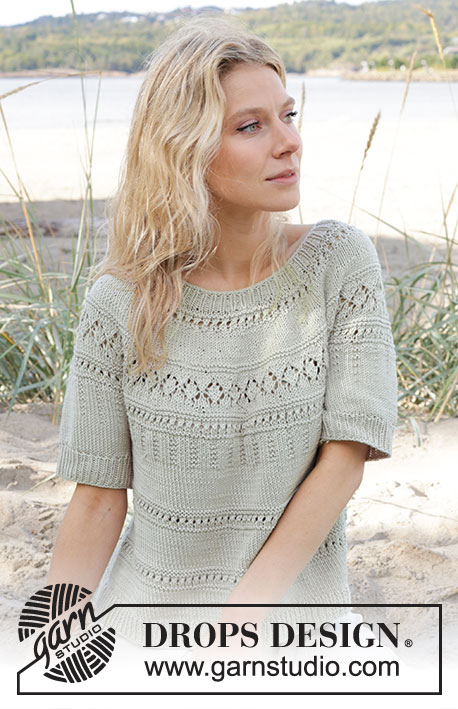 |
 |
|||||||||||||||||||||
Jersey de punto con mangas cortas en DROPS Muskat o DROPS Cotton Merino. La pieza está tejida de arriba hacia abajo con canesú redondo y patrón de calados. Tallas: S – XXXL.
DROPS 239-26 |
||||||||||||||||||||||
|
EXPLICACIONES PARA REALIZAR EL PATRÓN: ------------------------------------------------ TIP PARA AUMENTAR: Aumentar 1 punto haciendo 1 lazada. En la vuelta siguiente, tejer la lazada retorcida para evitar que se formen agujeros. PATRÓN: Ver diagramas A.1 a A.4. Los diagramas muestran todas las hileras del patrón vistas por el lado derecho. TIP PARA DISMINUIR (aplicar a las mangas tallas L, XL, XXL y XXXL): Disminuir 1 punto a cada lado del hilo marcador de la manera siguiente: Tejer hasta que resten 3 puntos antes del hilo marcador, tejer 2 puntos juntos de derecho, tejer 2 puntos derechos (el hilo marcador está entre estos 2 puntos), deslizar 1 punto como de derecho, tejer 1 punto derecho, pasar el punto deslizado por encima del punto tejido (2 puntos disminuidos). ------------------------------------------------ COMENZAR LA PIEZA AQUÍ: ------------------------------------------------ JERSEY – RESUMEN DE LA PIEZA: Tejer la orilla del escote y el canesú en redondo en aguja circular a partir del centro de la espalda, de arriba hacia abajo. Ahora dividir el canesú para el cuerpo y las mangas. Tejer el cuerpo en redondo en aguja circular. Tejer las mangas en redondo en agujas de doble punta/una aguja circular corta. ORILLA DEL ESCOTE: Montar 122-126-130-136-142-148 puntos en aguja circular corta tamaño 3 mm con DROPS Muskat o DROPS Cotton Merino. Tejer 1 vuelta de derecho. Después tejer el resorte (= 1 derecho/1 revés) durante 3 cm. Cuando el resorte esté hecho, tejer 1 vuelta de derecho y, al mismo tiempo, aumentar 36-38-40-44-48-52 puntos distribuidos equitativamente – leer TIP PARA AUMENTAR = 158-164-170-180-190-200 puntos. Insertar 1 marcador en el centro de la vuelta. Medir el canesú a partir de este marcador. CANESÚ: Cambiar a aguja circular tamaño 4 mm. Tejer A.1 en redondo en el canesú. Cuando se ha tejido A.1, continuar en punto jersey en redondo. ¡RECORDAR MANTENER LA MISMA TENSIÓN DE TEJIDO DE LA MUESTRA! Cuando la pieza mida 4-4-5-5-6-6 cm a partir del marcador, aumentar 40-44-50-56-60-64 puntos distribuidos equitativamente – recordar el TIP PARA AUMENTAR = 198-208-220-236-250-264 puntos. Cuando la pieza mida 7-7-8-8-9-10 cm a partir del marcador, tejer A.2 en redondo en el canesú. ¡NOTA! En la 11ª vuelta del diagrama, desplazar el principio de la vuelta 2 puntos hacia la derecha para que el patrón encaje en toda la vuelta. Después comenzar la vuelta siguiente como antes. AL MISMO TIEMPO, en cada vuelta marcada con flecha en el diagrama, aumentar equitativamente de la manera siguiente: Flecha-1: Aumentar 42-44-50-58-62-66 puntos distribuidos equitativamente = 240-252-270-294-312-330 puntos (ahora hay espacio para 40-42-45-49-52-55 repeticiones de A.2 en redondo en el canesú). Flecha-2: Aumentar 38-42-48-56-58-58 puntos distribuidos equitativamente = 278-294-318-350-370-388 puntos. Cuando se ha tejido A.2, tejer A.3 en redondo en el canesú. AL MISMO TIEMPO, en cada vuelta marcada con flecha aumentar equitativamente de la manera siguiente: Flecha-3: Aumentar 32-36-42-50-50-52 puntos distribuidos equitativamente = 310-330-360-400-420-440 puntos. Cuando se ha tejido A.3, tejer A.4 en redondo en el canesú. Cuando se ha tejido A.4 en tu talla, tejer en punto jersey, pero notar que en algunas tallas se divide el cuerpo y las mangas como está explicado abajo, antes de que A.4 esté terminado. DIVIDIENDO PARA EL CUERPO Y LAS MANGAS: Cuando la pieza mida 17-18-20-21-23-25 cm a partir del marcador, dividir el canesú para el cuerpo y las mangas. Si A.4 no está terminado en tu talla, terminar A.4 en el cuerpo y las mangas. Tejer 47-51-55-61-65-69 puntos como antes (mitad pieza de la espalda), deslizar los 60-64-70-78-80-82 puntos siguientes en un hilo para la manga, montar 10-10-12-12-14-16 nuevos puntos en la aguja (en el lado bajo la manga), tejer 95-101-110-122-130-138 puntos en punto jersey (pieza del frente), deslizar los 60-64-70-78-80-82 puntos siguientes en un hilo para la manga, montar 10-10-12-12-14-16 nuevos puntos en la aguja (en el lado bajo la manga), y tejer los últimos 48-50-55-61-65-69 puntos como antes (mitad pieza de la espalda). Terminar el cuerpo y las mangas separadamente. Ahora medir la pieza a partir de aquí. CUERPO: = 210-222-244-268-288-308 puntos. Si A.4 no está terminado en el canesú en tu talla, terminar A.4 (el patrón no va a encajar al centro bajo cada manga, pero asegurarse de continuar el patrón correctamente sobre los puntos del canesú y tejer el patrón hasta donde sea posible en dirección de cada lado bajo las mangas, tejer los puntos restantes en punto jersey). Cuando se ha tejido A.4, continuar en punto jersey. Cuando se han tejido 6-6½-7-7-7½-7½ cm en punto jersey después de A.4, tejer A.3 en redondo en el cuerpo. Cuando se ha tejido A.3, tejer en punto jersey durante 6-6½-7-7-7½-7½ cm. Después tejer A.3 en redondo en el cuerpo nuevamente. Cuando se ha tejido A.3, continuar en punto jersey. Cuando la pieza mida 25-26-26-27-27-27 cm a partir de la división, tejer 1 vuelta de derecho aumentando 20-22-22-26-28-30 puntos distribuidos equitativamente = 230-244-266-294-316-338 puntos. Cambiar a aguja circular tamaño 3 mm. Tejer en resorte (1 derecho/1 revés) durante 4 cm. Rematar flojo. El jersey mide aprox. 52-54-56-58-60-62 cm a partir del hombro. MANGAS: Deslizar los 60-64-70-78-80-82 puntos del hilo en uno de los lados de la pieza en agujas de doble punta o en una aguja circular corta tamaño 4 mm y levantar adicionalmente 1 punto en cada uno de los 10-10-12-12-14-16 puntos montados bajo la manga = 70-74-82-90-94-98 puntos. Insertar 1 hilo marcador al centro bajo la manga (en el centro de los 10-10-12-12-14-16 puntos). Comenzar la vuelta en el hilo marcador. Si A.4 no está terminado en tu talla, terminar A.4 (el patrón no va a encajar al centro bajo la manga, pero asegurarse de continuar el patrón correctamente sobre los puntos del canesú y tejer el patrón hasta donde sea posible en dirección al centro bajo las mangas, tejer los puntos restantes en punto jersey). Cuando se ha tejido A.4, continuar en punto jersey en redondo. En las tallas L, XL y XXXL disminuir puntos al centro bajo la manga como está explicado abajo (en S y M no se disminuyen puntos). TALLAS L, XL, XXL Y XXXL: Cuando la manga mida 4-3-3-2 cm a partir de la división, disminuir 2 puntos al centro bajo la manga – leer TIP PARA DISMINUIR. Disminuir así cada 4-3-3-2 cm 2-3-3-3 veces en total = 78-84-88-92 puntos. TODAS LAS TALLAS: Cuando la manga mida 14-14-12-11-10-8 cm a partir de la división, tejer 1 vuelta de derecho disminuyendo 4-6-8-10-10-10 puntos distribuidos equitativamente = 66-68-70-74-78-82 puntos. Cambiar a agujas de doble punta tamaño 3 mm. Tejer en resorte (1 derecho/1 revés) durante 4 cm. Rematar flojo. La manga mide aprox. 18-18-16-16-14-12 cm a partir de la división. Tejer la otra manga de la misma manera. |
||||||||||||||||||||||
Explicaciones del diagrama |
||||||||||||||||||||||
|
||||||||||||||||||||||
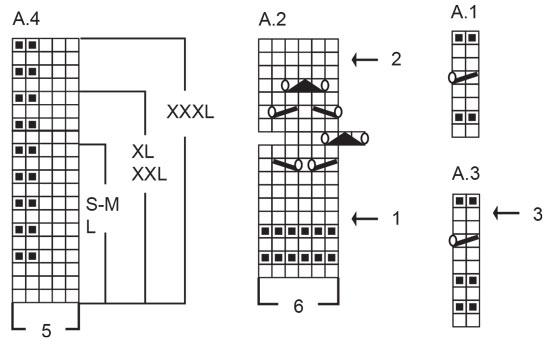 |
||||||||||||||||||||||
 |
||||||||||||||||||||||
¿Terminaste este patrón?Entonces, etiqueta tus fotos con #dropspattern #greengrovetee o envíalas a la galería #dropsfan. ¿Necesitas ayuda con este patrón?Encontrarás 27 videos tutoriales, un espacio para comentarios/preguntas y más visitando la página del patrón en garnstudio.com © 1982-2025 DROPS Design A/S. Todos los derechos reservados. Este documento, incluyendo todas sus sub-secciones, está protegido por los derechos de autor (copyright). Lee más acerca de lo que puedes hacer con nuestros patrones en la parte de abajo de cada patrón de nuestro sitio. |
||||||||||||||||||||||










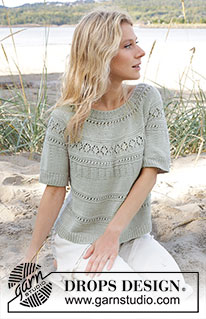

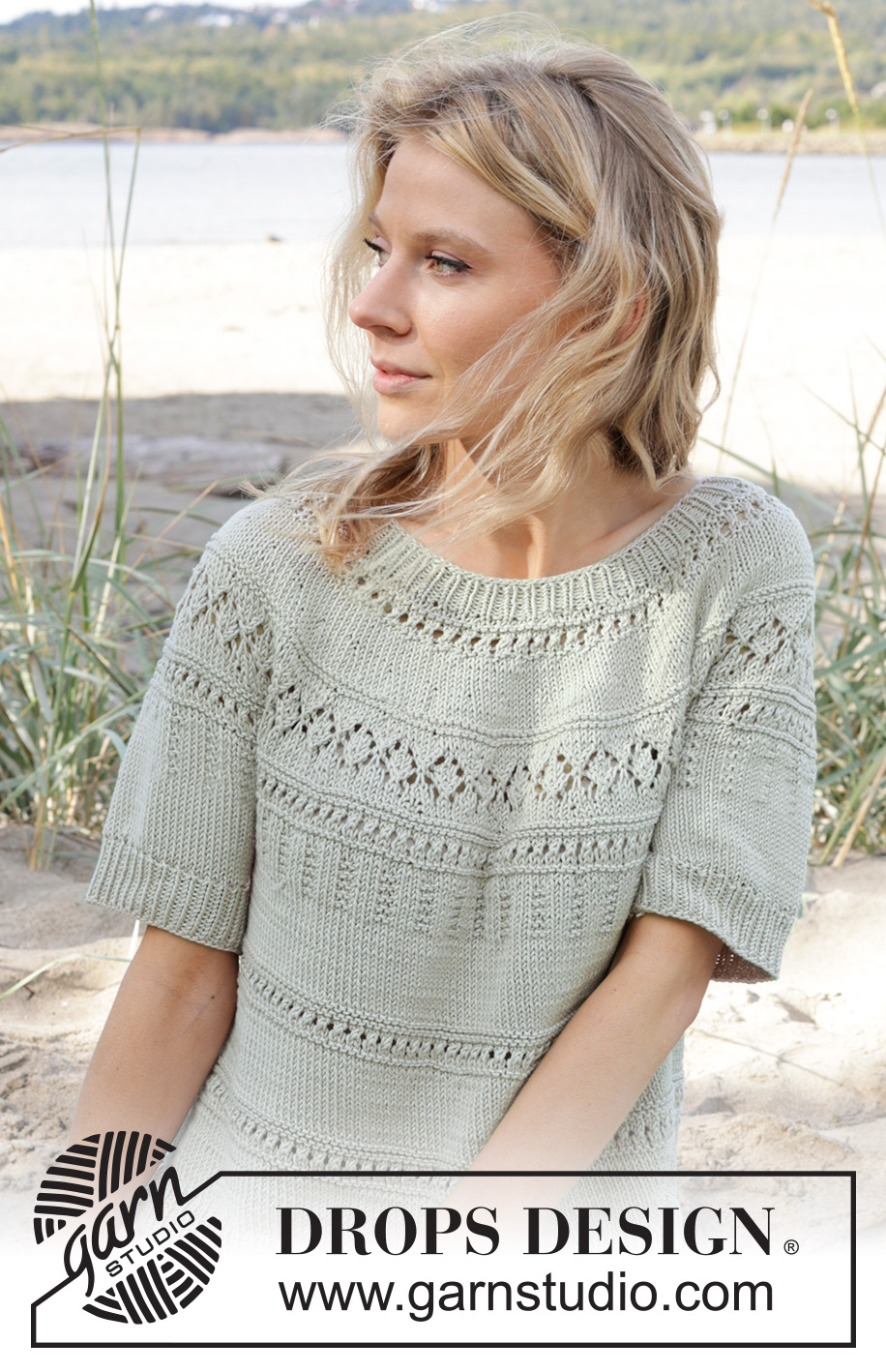
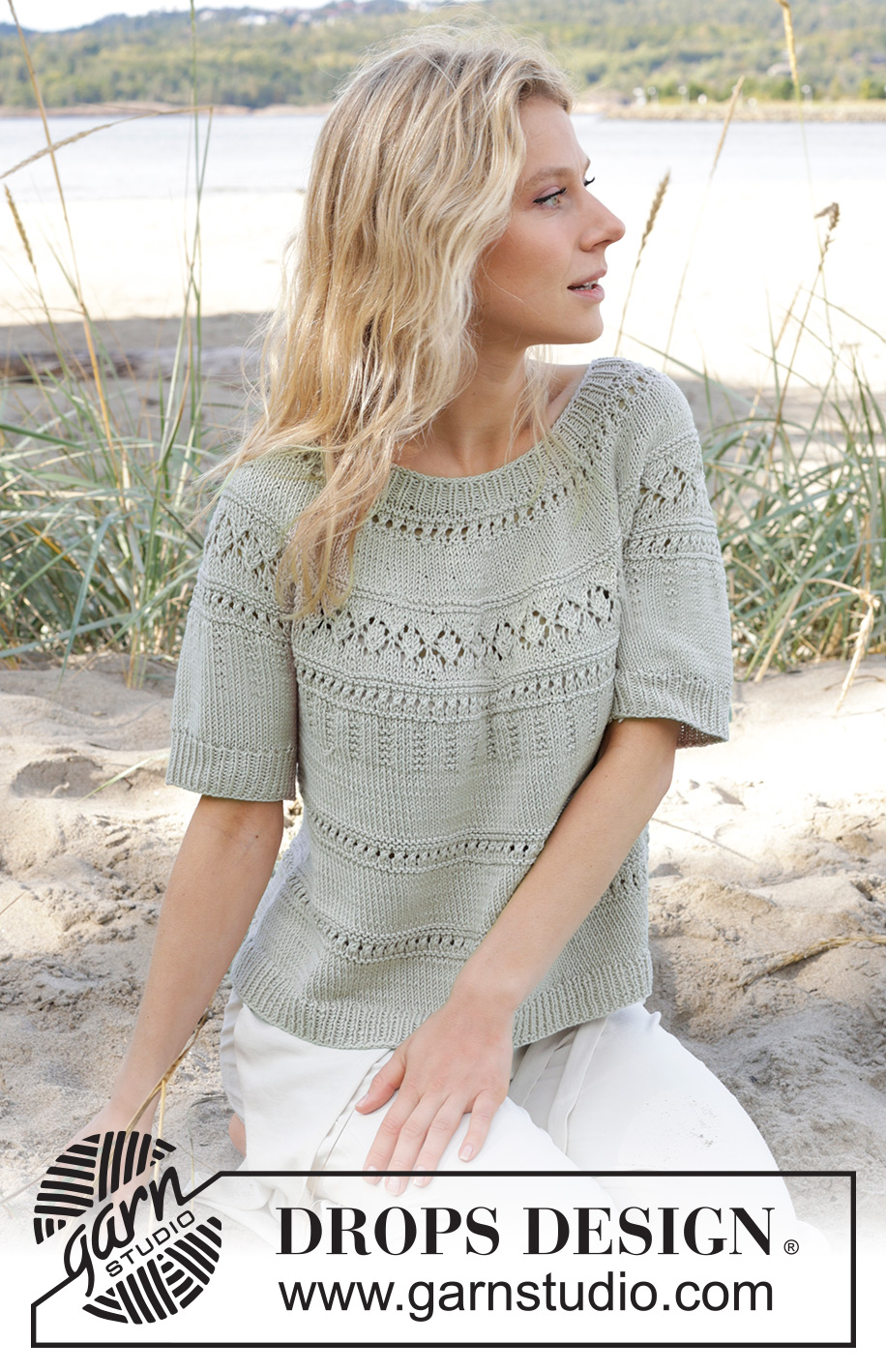


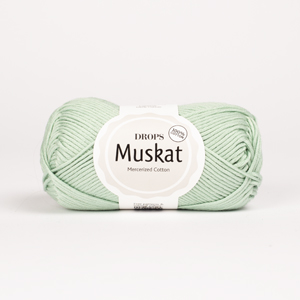

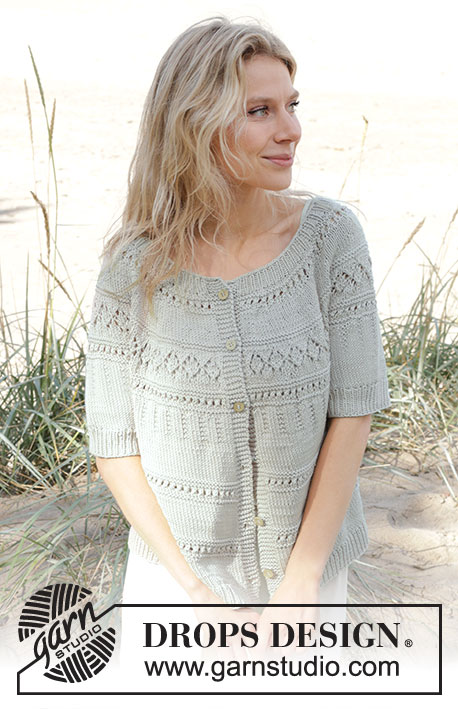
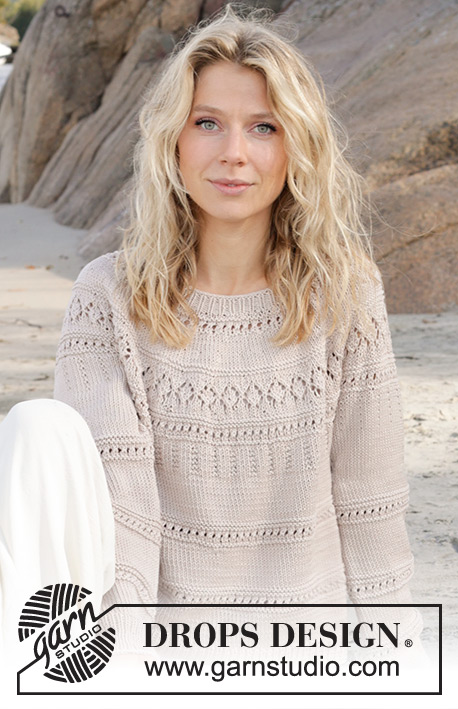


































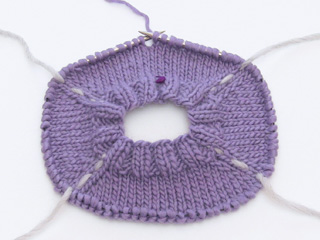














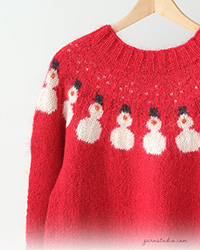
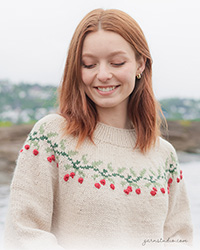
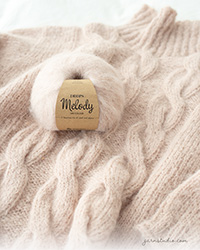
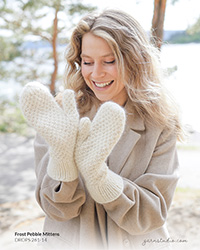

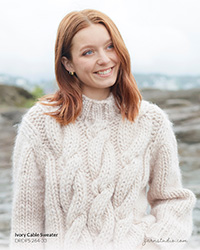
Escribe un comentario sobre DROPS 239-26
¡Nos encantaría saber qué piensas acerca de este patrón!
Si quieres escribir una pregunta referente al patrón, por favor asegúrate de elegir la categoría correcta en el formulario debajo, para acelerar el proceso de respuesta. Los campos obligatorios están marcados con un *.